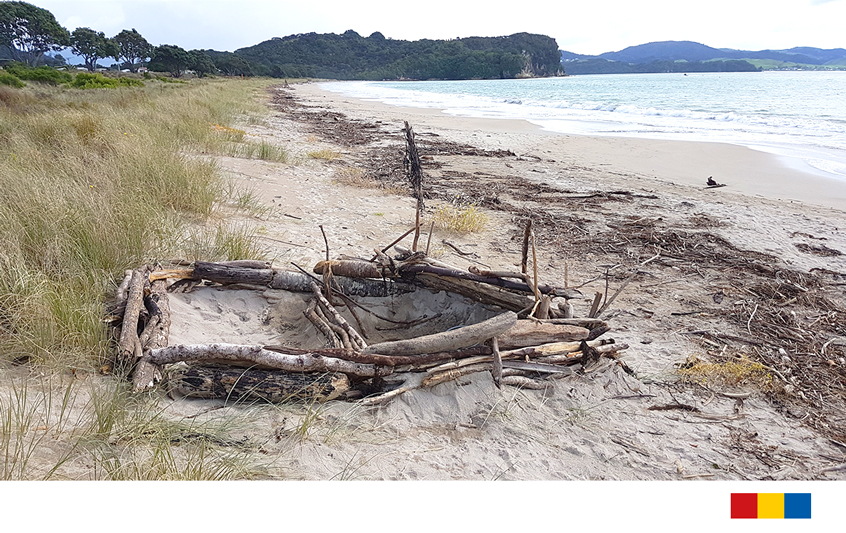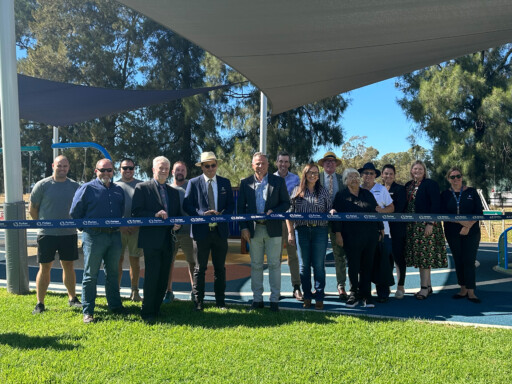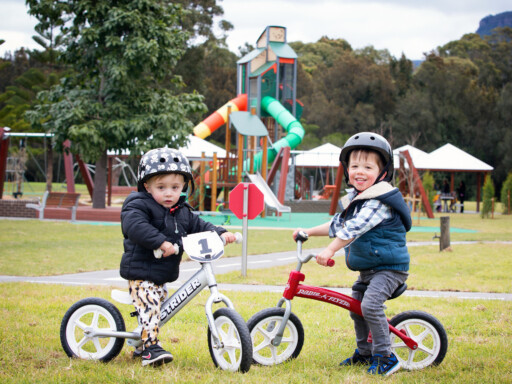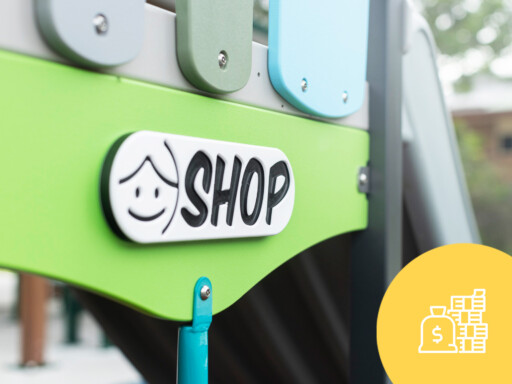(Just to clarify, we’re talking about kids using whatever they can lay their hands on to have some good, healthy fun).
In the “good old days” Free Play happened at home in the backyard, on the driveway or in the rumpus room. Hopefully it still does, and frankly that’s where it belongs.
You know what I mean, swinging on the clothesline, building complex cubbies with cardboard boxes, nailing together a billy cart, making mud pies or knocking up a treehouse out of old pallets and scrap timber.
It’s a really important part of growing up and creating happy childhood memories.
But we also recognise that many thousands of modern-day children in Australia alone have had this opportunity for free play severely impeded by the way our cities and suburbs have been developed.
In most new estates there is hardly room for the backyard tree in the first place, let alone the treehouse.
As a result, the challenge to provide opportunities for those experiences has fallen to the owners of our “extended backyards”, the local parks and community spaces.
Nevertheless, many local councils and government bodies around the world have taken on the challenge, some with outstanding success. Most councils have at least one, if not several well-designed playgrounds, creating a safe community space for kids to play. Then there are those who take the idea of free play to the next level.
‘The Land’ in Plas Madoc, Wales, is just that, a new type of playground with no set structure. The idea is to let kids be kids, playing as they see fit. Stacks of tyres, bundles of broken sticks, wooden pallets and pieces of slides make up the area and create a dystopian feel.
There are some forms of this type of play making their way into mainstream areas, including Loose-Parts Play. This is where there are one or more non-static elements of a playground that can be moved and used to suit the child. This fuels imagination play, turning a cardboard box into a pirate ship, or a piece of rope on the ground to a tightrope over bubbling lava.

These rare opportunities for kids to play in uncensored areas may be a nice idea, however there are strict safety guidelines in Australia which councils and schools must adhere to. And for good reason.
Most if not all these loose or free play areas require constant supervision & staffing to ensure kids aren’t hurt or worse from the potentially dangerous activities they may engage in. They also require high maintenance, proving to be costly and non-viable. From a community care perspective, councils are limited to what they can do.
Another thing to remember is that while a brick, a stick and a cardboard box can get a child’s imagination flowing, a well-designed playground can also do just that, and can be installed then left for the community to enjoy as they wish.
As we’ve said previously, children need to have some level of risk to learn and develop. Hazards are issues that we are responsible for, and while places like The Land may take the idea of free play to the extreme, the important thing is to ensure kids are getting outside and away from screens.


